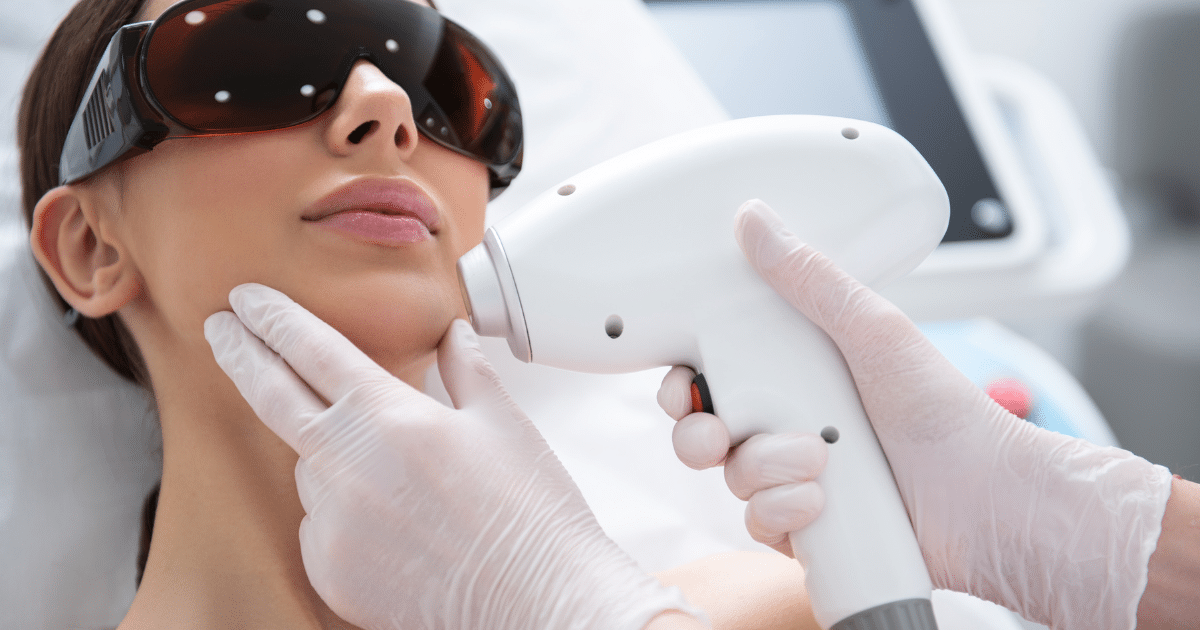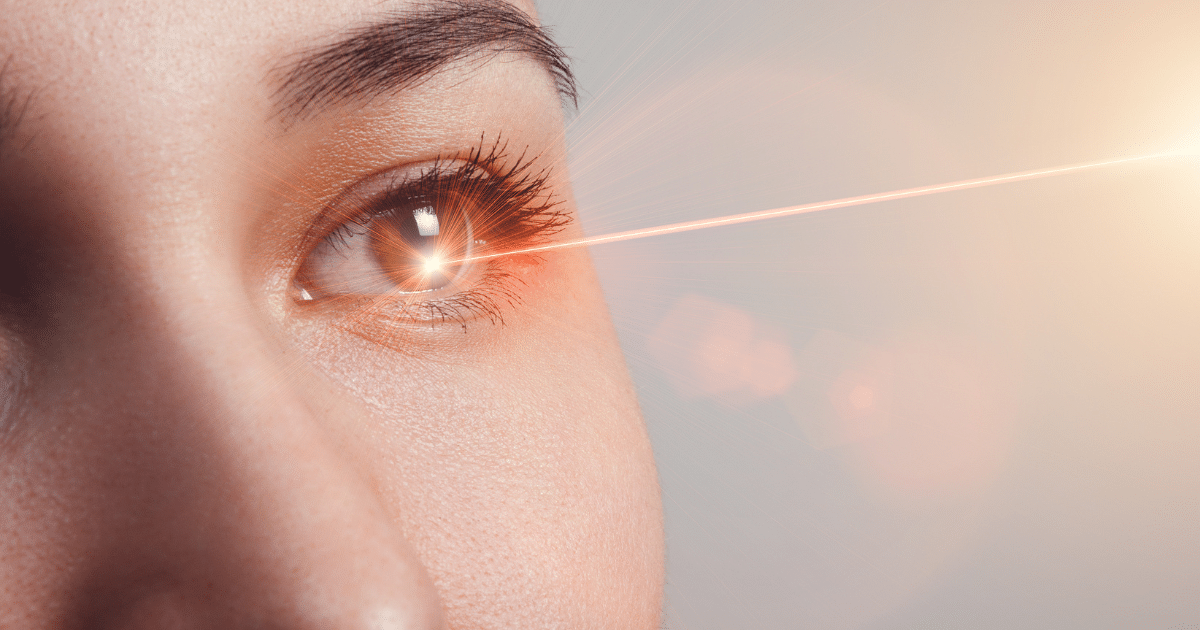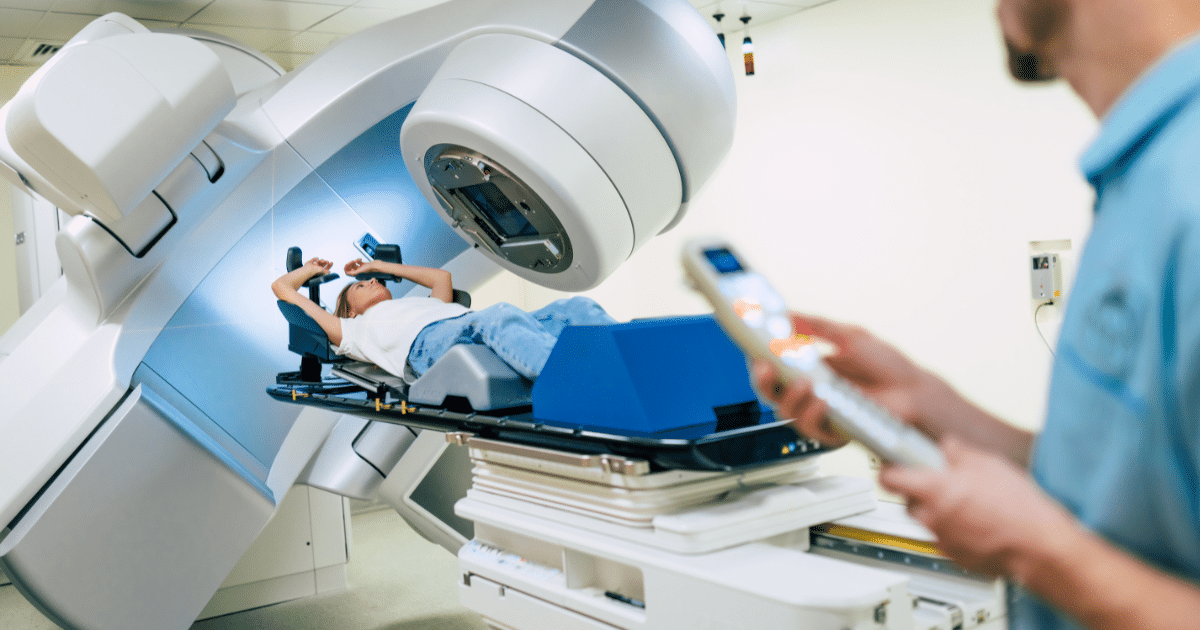New Laser Technology is Being Used to Detect Cancer Cells
I was sent some amazing commentary by Dr. Joshua Mansour, M.D. that I think will be of interest to many people. We live in a society where cancer is affecting our homes. We see friends and family getting sick. We see loved ones fighting for their life. Some beat the disease, yet unfortunately many do not. This commentary by Dr. Mansour discusses the new hot topic of laser technology and how it is being used to detect cancer cells in the body.
Disclaimer: This article is for informational purposes only and is not meant to treat or diagnose any condition. It is recommended that you speak with your doctor before starting any exercise program, changing your daily nutrition, or adding any supplements to your regimen.
Table of contents
Why Is Laser Technology Important in Medical Procedures?

Laser technology plays a crucial role in various medical procedures due to its precision, versatility, and minimal invasiveness. Here are several reasons why laser technology is important in medical applications:
- Precision and Accuracy: Laser beams and laser technology can be focused with extreme precision, allowing healthcare professionals to target specific tissues or cells without causing damage to surrounding areas. This precision is particularly valuable in delicate medical procedures where accuracy is paramount.
- Minimally Invasive Surgery: Laser technology enables minimally invasive surgical procedures, reducing the need for traditional open surgery. This leads to smaller incisions, less scarring, and quicker recovery times for patients.
- Coagulation and Hemostasis: Laser technology can be used for cutting tissues as well as for coagulation and hemostasis, which involves sealing blood vessels to control bleeding during surgery. This helps in reducing blood loss and enhances the overall safety of surgical procedures.
- Reduced Infection Risk: The precision of laser technology often means smaller incisions or wounds, which can result in a lower risk of infection compared to traditional surgical methods. Reduced tissue damage also contributes to a quicker healing process.
- Treatment of Various Conditions: Laser technology is employed in the treatment of numerous medical conditions across various specialties. For example, it is used in ophthalmology for eye surgeries, dermatology for skin treatments, urology for kidney stone removal, and many more.
- Dentistry: Laser technology is widely used in dentistry for procedures such as cavity removal, gum surgery, and teeth whitening. Lasers can be less painful than traditional dental tools, and they may also reduce the need for anesthesia in some cases.
- Photodynamic Therapy: Laser-based photodynamic therapy is used in cancer treatment. Photosensitive drugs are activated by laser light to target and destroy cancer cells, offering a targeted and less invasive approach compared to traditional chemotherapy.
- Diagnostic and Imaging Applications: Lasers are used in medical imaging technologies such as laser-induced fluorescence, which can help in early detection of diseases like cancer. They are also employed in techniques like laser Doppler imaging for blood flow measurement.
- Tattoo and Hair Removal: Laser technology commonly used for cosmetic procedures, such as tattoo removal and hair removal. The precise targeting of laser beams allows for selective destruction of pigment or hair follicles.
- Therapeutic Applications: Laser therapy is used for pain management and wound healing. Low-level laser therapy (LLLT) is applied to stimulate cell activity and promote tissue repair in various medical conditions.
Is It Safe?

Laser technology is generally safe when used by trained and qualified professionals following established safety protocols. However, it’s essential to understand that the safety of laser technology depends on various factors, including the type of laser, the wavelength used, the power level, and the specific application. Here are some key considerations regarding the safety of laser technology:
- Proper Training and Certification: Operators and healthcare professionals using laser devices should undergo comprehensive training and certification to ensure they understand the principles of laser safety, the specific characteristics of the lasers they use, and the potential risks associated with different procedures.
- Eye Protection: Exposure to laser light can be harmful to the eyes. Protective eyewear designed for the specific wavelength of the laser being used is essential for both patients and healthcare professionals to prevent eye injuries.
- Controlled Environments: Laser technology procedures should be performed in controlled environments with proper shielding and safety measures in place. This helps to minimize the risk of accidental exposure to laser radiation by individuals not involved in the procedure.
- Risk Assessment: Before using laser technology in medical procedures, a thorough risk assessment should be conducted to identify potential hazards and establish appropriate safety measures. This includes assessing the potential for skin burns, eye injuries, and other adverse effects.
- Regulatory Compliance: Adherence to national and international safety standards and regulations is crucial. Regulatory bodies, such as the U.S. Food and Drug Administration (FDA) in the United States, establish guidelines for the safe use of medical lasers.
- Appropriate Laser Selection: Different types of lasers are designed for specific medical applications. Choosing the appropriate laser for a particular procedure is important to ensure safety and effectiveness. For example, lasers used in dermatology may differ from those used in ophthalmology.
- Patient Screening: Before performing laser technology procedures, healthcare professionals should conduct thorough patient assessments to identify any contraindications or factors that may increase the risk of complications. This includes considerations such as skin type, medical history, and potential drug interactions.
- Monitoring and Quality Assurance: Regular monitoring and quality assurance procedures should be implemented to ensure the ongoing safety and effectiveness of laser devices. This includes periodic calibration, maintenance, and performance checks.
- Informed Consent: Patients should be provided with comprehensive information about the risks and benefits of laser technology procedures and must give informed consent before undergoing any treatment.
New Laser Technology is Being Used to Detect Cancer Cells

We’ve come a long way since hearing Dr. Evil of Austin Powers’ movie fame describe “a sophisticated heat beam, which we call ‘a laser’ ” to take over the world, or sitting in awe watching Jedi knights in Star Wars blast through enemies using lightsabers. Now in real life, lasers are being used to detect cancers cells.
Cancer tumors have the ability to break off of their primary site and spread from their primary organ to other sites of the body via the bloodstream and lymphatic system. The spreading of cancer, known as “metastasis,” is the leading cause of cancer-related death. Although, there are currently blood tests designed to detect cancer cells in the blood, known as circulating tumor cells, these test many times cannot pick up minimal cancer cells released early on. If these current tests return as positive, this frequently means that there is a high level of cancerous cells in the blood that have spread to other organs.
However, the diagnosis and treatment of these cancer cells in the blood may soon change. In a recent study published in Science Translation Medicine, researchers have devised a laser that can detect these malignant cells and ‘zap’ them from outside of the body. The current standard methods of detection have limited sensitivity for picking up minimal cells at early stages of the disease, therefore possibly missing an opportunity to eliminate them at a treatable juncture. A team led by biomedical engineer Vladimir Zharov, director of nanomedicine at the University of Arkansas for Medical Sciences, has developed a method in hopes of changing that modality.

In studies with melanoma, they have coupled laser technology with an ultrasound detector to create a ‘Cytophone,’ a device that identifies cells acoustically. To break it down, a laser is first shined on the surface of a person’s skin, penetrating right into some of the near-surface blood vessels. The passing melanoma cells will then ‘heat up’ because of their darker pigment and create a small ‘acoustic wave’ that then gets picked up by the ultrasound detector. Melanoma cells absorb more of the energy from the laser because of their dark pigment, allowing them to heat up quickly and expand.
Related Article: Understanding the Cells in Your Body
This devised method can pick up a single circulating tumor cell per liter of blood, which makes this up to approximately 1,000 times more sensitive than other available methods of detection that typically examine only about 7- 8 milliliters of a sample of blood. Additionally, the cytophone was able to detect small clots of blood that could potentially grow and lead to another set of harmful consequences.
They have tested this on 28 patients with melanoma and 19 healthy volunteers. Researchers were able to discover that within as little as 10 seconds and as long as 1 hour, the cytophone was able to detect circulating tumor cells in 27 of the 28 patients. It also did not return any false positives on the healthy volunteers. Moreover, it was found that when the energy level of the laser technology was turned up (still to a safe intensity) that the amount of circulating tumor cells came down over the hour, without causing any side effects. This is an amazing discovery when trying to detect cancer cells.
Although the mechanism will likely not destroy all of the patient’s cancer cells, it can help in several different ways. Initially, it can be used in high-risk individuals as a screening tool to detect cancer cells in the blood. Similar to mammograms in breast cancer, it can be added to skin checks in patients that are at high risk for melanoma. While undergoing treatment, it could potentially be used to monitor the effects of that particular treatment, in addition to or separate from imaging and other blood tests, to determine if the circulating cancer cells in the blood are decreasing. Following the completion of treatment, it can be used to monitor for relapse of disease.
Even though this has been tested recently in melanoma, and the dark pigment of melanin plays a role in its detection, Zharov and his colleagues are currently working to develop methods of ‘tagging’ other cancer cells with small nanoparticles to be able to ‘heat up’ and be distinguished from the normal cells. This study holds promise but it now needs to be expanded to in a larger population including patients with a higher content of melanin.
Movies aside, the future holds promise in the new hope of using laser technology to fight off the evil invasions of metastasis. It should also be known that exercise can help those with advanced cancer. Just because you are fighting does not mean you should not still focus on your fitness and nutrition. Both can be extremely helpful during your battle.
About Joshua Mansour, MD…
Dr. Joshua Mansour is a board-certified hematologist/oncologist working and in the field of hematopoietic stem cell transplantation and cellular immunotherapy in Stanford, California. In June 2019 he was a recipient of the ‘40 Under 40 in Cancer’ award. Abstracts, manuscripts, and commentaries by Dr. Mansour have been published in more than 100 esteemed journals and media outlets including Canada Free Press, Today’s Practitioner, Physician’s News, and KevinMD. He has given countless presentations at conferences and other institutions, and he has helped design and implement clinical studies to evaluate current treatment plans, collaborated on grant proposals and multi-institutional retrospective studies that have been published. Recently Joshua Mansour. M.D. was featured on Fox Television.


*Disclosure: This article may contain affiliate links or ads, which means we earn a small commission at no extra cost to you if you make a purchase through these links. These commissions help support the operation and maintenance of our website, allowing us to continue producing free valuable content. Your support is genuinely appreciated, whether you choose to use our links or not. Thank you for being a part of our community and enjoying our content.
PLEASE CONSIDER SHARING THIS ON YOUR SOCIAL MEDIA TO HELP OTHERS LEARN MORE ABOUT THIS TOPIC. SIMPLY CLICK BELOW!

